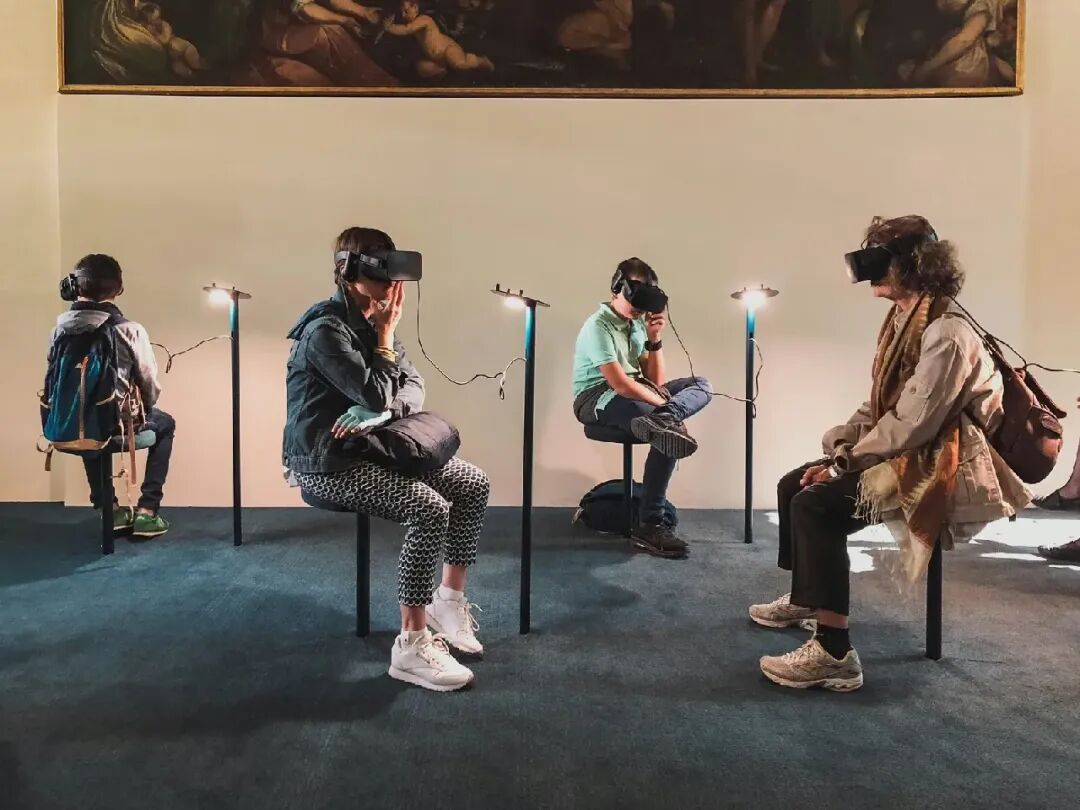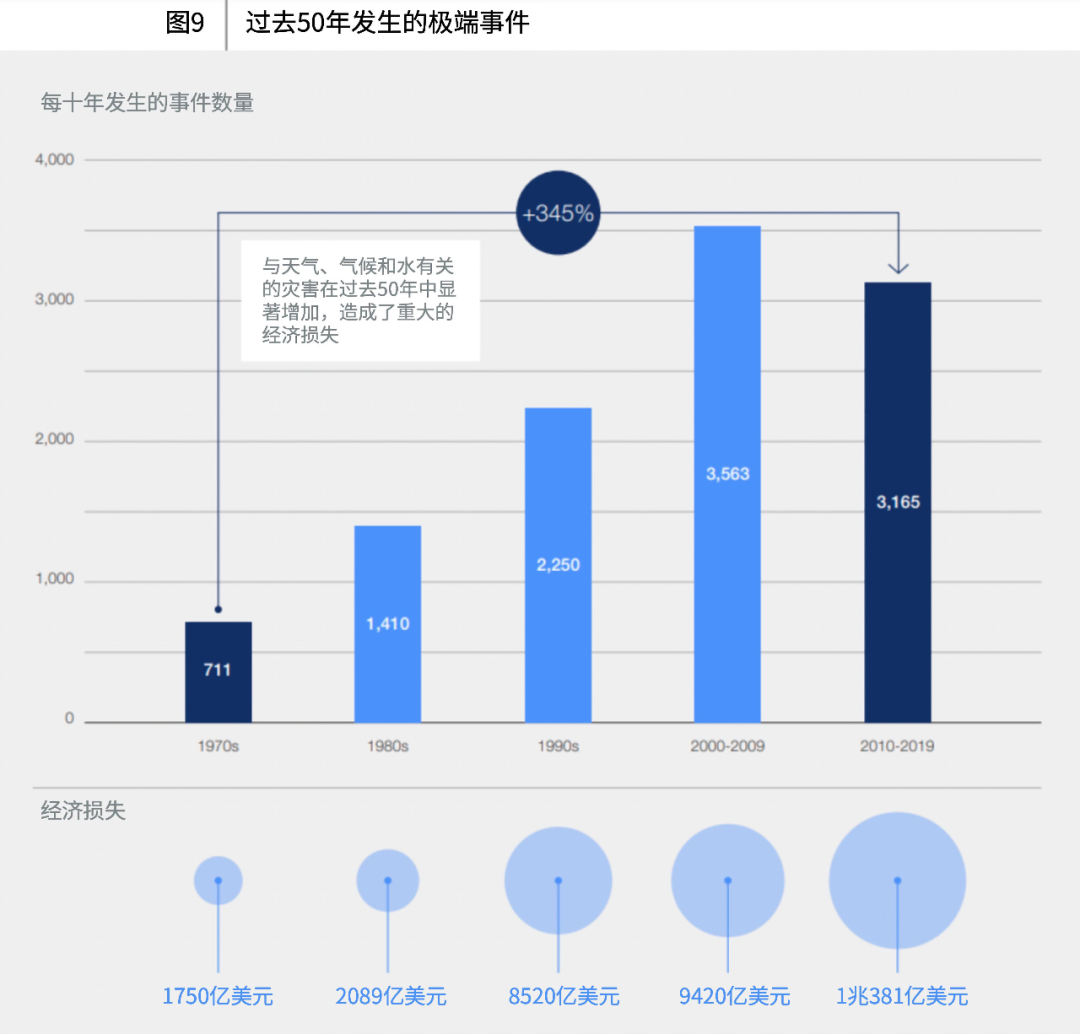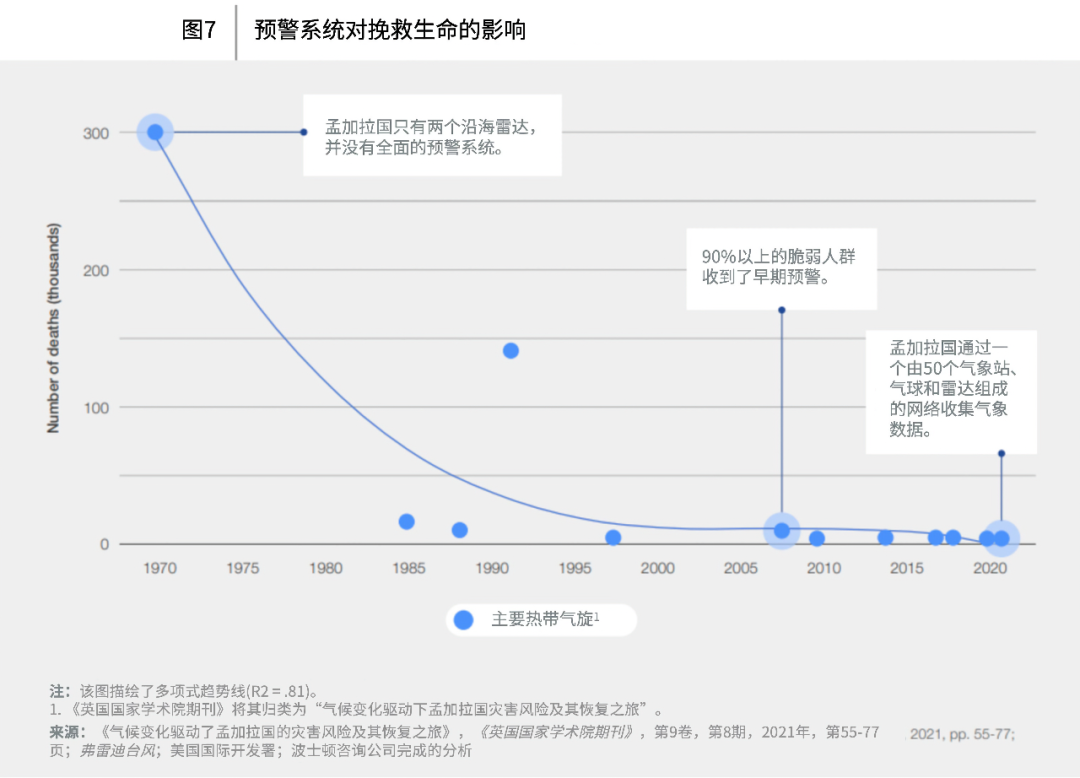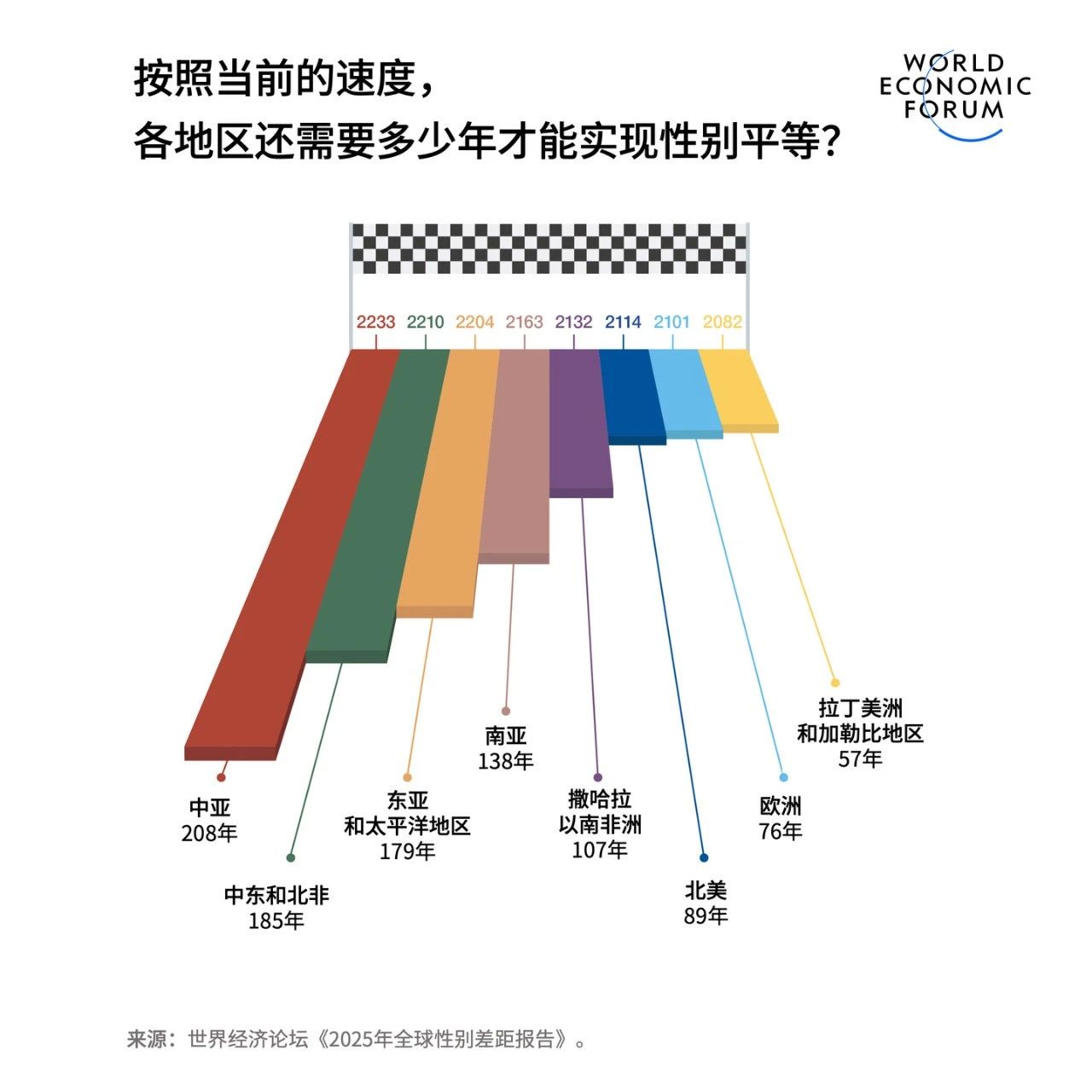Can reality help us adapt to climate change?
Image source:Unsplash/Lucrezia Carnelos
Victoria Masterson
Senior Writer for the Forum Agenda
The World Economic Forum's new report, "Innovation and Adaptation in the Climate Crisis," highlights six technologies that are critical for coping with climate change.
These technologies include artificial intelligence, drones, Earth observation, advanced computing, the Internet of Things, as well as virtual and augmented reality.
For example, early warning systems powered by Earth observation and drones are helping to save lives in the face of climate disasters.
In today’s unpredictable climate and weather conditions, adapting to climate change begins with understanding climate risks—something that requires us to measure and manage them effectively.
The World Economic Forum’s newly released report, "Innovation and Adaptation in the Climate Crisis: The New Digital Norm," highlights six data-driven digital technologies that can play a critical role in helping the world adapt to climate change.These technologies can strengthen risk analysis, bolster climate-resilient supply chains, and enhance emergency response capabilities—while also providing a powerful impetus for the development of next-generation climate technologies.Here are several ways technology is driving climate adaptation today.1. Artificial IntelligenceArtificial intelligence is being used to develop more sophisticated and accurate weather and climate models. For instance, AI has already enabled the integration of sea-surface temperature data into ocean models, helping the scientific community deepen their understanding of ocean current speeds—something human researchers have been unable to achieve on their own.Other climate adaptation technologies made possible by artificial intelligence, such as smart sewer systems, can help prevent flooding during heavy rains and support drought-resistant crops.Other advanced technologies leveraging AI for climate adaptation include smart sewer systems that prevent flooding during heavy rainfall, as well as drought-resistant crops.Drones—or unmanned aerial vehicles—are equipped with advanced cameras that allow them to fly over long distances. They can also carry cutting-edge equipment, such as sensors designed to detect anomalies and GPS systems for highly accurate location tracking.Drones can help adapt to climate change by collecting visual data on climate risks and their impacts. For instance, businesses can use drones to monitor water sources critical to their operations.Drones can also assist in search and rescue operations after climate disasters, helping to identify communities affected in hard-to-reach areas.As extreme weather events become more frequent, adapting to climate change is crucial.
Image source:World Economic Forum
Satellites and other remote sensing technologies, as well as location-based tools like weather stations, used in Earth observation enable the collection of information on various changes occurring across the planet through remote monitoring and measurement.A wealth of satellite data is helping scientists develop new ways to manage planetary resources. For instance, satellites from the European Space Agency have unveiled fresh insights into Earth's climate, shedding light on topics like glacier melt and freshwater availability.Earth observation is also crucial for early warning systems that help us adapt to climate change, such as enabling us to predict the occurrence of natural disasters like hurricanes.Early warning systems powered by technologies like Earth observation and drones can help save lives in climate disasters.
Image source:World Economic Forum
Advanced computing demands computers with greater accuracy and speed, placing new requirements on functionality. For instance, it calls for supercomputers—some of the largest and most powerful machines in the world—as well as quantum computers that leverage subatomic particles like photons (light particles) to perform multiple calculations simultaneously.Quantum computing holds the promise of advancing climate modeling and climate adaptation, as it can predict critical weather-forecasting information—such as fluid dynamics—while traditional computers still face challenges in achieving this capability.Supercomputers are also being increasingly used for weather and climate modeling.The Internet of Things refers to a "network" of various devices connected together and capable of communicating with one another. These devices could be sensors sharing data and monitoring systems, or even handheld devices.IoT technology is being used to collect and share new types of data, such as changes in air quality and temperature. For instance, sensors that detect wildfires can send mobile alerts directly to people in affected areas.Headquartered in California, PanoAI uses an IoT-based platform to detect wildfires and relay critical information to firefighters and emergency services. The system combines advanced cameras with multiple data sources, enabling it to monitor over 5 million acres of land. So far, the system has successfully detected thousands of fires.6. Augmented Reality and Virtual RealityAugmented reality and virtual reality are technologies that deliver immersive experiences, often involving the overlay of digital features onto the physical environment or using hardware like headsets to fully immerse users.Augmented reality and virtual reality are increasingly being used to reshape our behavior when it comes to climate action and adaptation. For instance, virtual reality headsets can simulate the effects of climate change, immersing users in a world already impacted by these shifts and helping them personally experience the consequences of changing weather patterns and dwindling biodiversity.The forum and its partners have launched an immersive experience project called the "Climate Tipping Points Center," which uses 3D simulations and virtual reality to illustrate the escalating, domino-like effects of climate change—such as the vanishing Arctic sea ice.The above content solely represents the author's personal views.This article is translated from the World Economic Forum's Agenda blog; the Chinese version is for reference purposes only.Feel free to share this on WeChat Moments; please leave a comment below if you’d like to republish.
Translated by: Wu Yimeng | Edited by: Wang Can
The World Economic Forum is an independent and neutral platform dedicated to bringing together diverse perspectives to discuss critical global, regional, and industry-specific issues.
Follow us on Weibo, WeChat Video Channels, Douyin, and Xiaohongshu!
"World Economic Forum"







